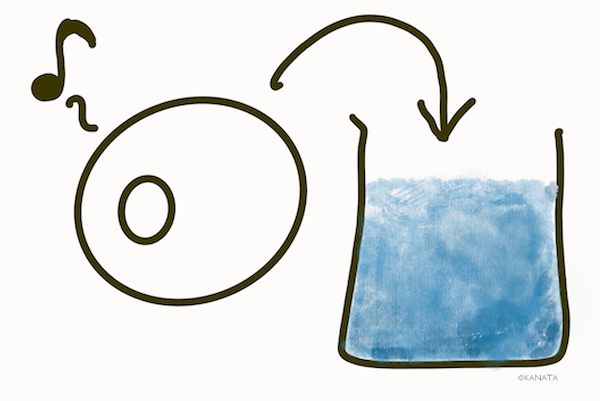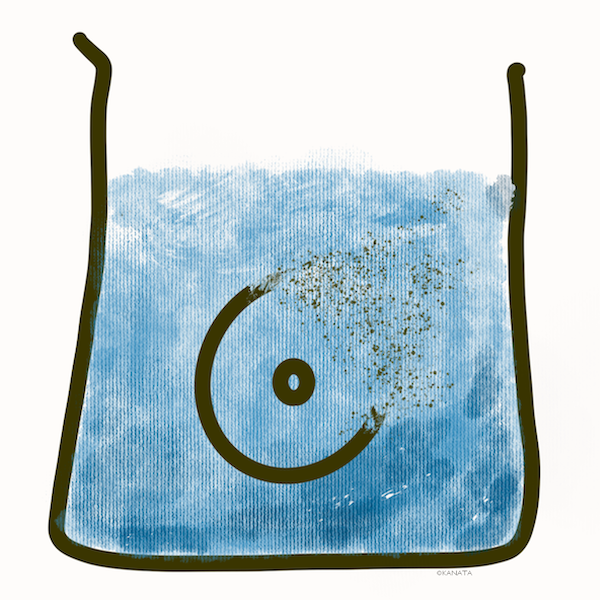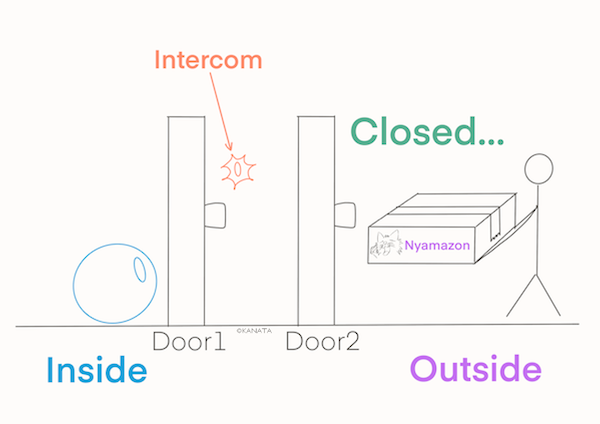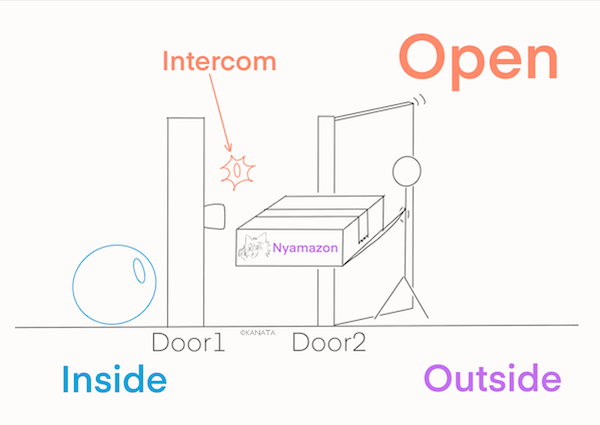Characteristic of the cell membrane- Lipid bilayer No1
Mr. Neuko, please help me.
What's the matter,Cellnosuke?
I completely failed to comprehend the concept of the cell membrane having lipid bilayer.
I see. It may seem like basic knowledge, but it is actually a crucial concept in understanding physiology.
If you can understand the structure of the cell membrane, it will make it easier for you to comprehend other topics such as endocrine (hormones) that you will learn in the future.
I see.
Today, we will be discussing the lipid bilayer. Pay close attention and focus on the explanation!
I would like to inform you in advance that due to the lecture running long, today's session will only cover an overview of the lipid bilayer."
For the precise structure, we will have to wait for the next lecture.
Got it!
Hydrophilicity and Hydrophobicity.
Before we proceed with the explanation, I wanted to confirm if you understand the difference between hydrophilicity and hydrophobicity?
It seems that hydrophilicity refers to being easily compatible with water, while hydrophobicity means not being compatible with water."
I see. That's generally correct.
(It was correct…?!)
Here, it's sufficient to understand that hydrophilic substances dissolve easily in water, while hydrophobic substances do not dissolve in water, without delving too deeply into the matter.
And today's lecture will focus on lipids as hydrophobic substances.
Yes!
Hydrophobic substances (such as lipids) do not dissolve in water.
The main component of the cell membrane is phospholipids.
Now let's get into the main topic.
Please!
Cellnosuke, do you remember from the previous explanation when we discussed how most cells reside in an aqueous environment called extracellular fluid?
Y-Yes! (Uh-oh...)
I'm a bit suspicious, but let's proceed.
As an analogy, let's imagine that Cell's body was hydrophilic and could dissolve in water.
What do you think would happen if you jumped into the water with that body?

...the body would dissolve.

Do you think it would be able to move in that state?
...I don't think it would be able to.
That's right!
Huh?
If the cell membrane that surrounds the cells were hydrophilic, most cells that live in the extracellular fluid, which is mostly composed of water, would dissolve.
In other words, it would be unable to sustain vital functions.
That's why the cell membrane is made of lipids, which are hydrophobic substances!

Oh, I see!
If you've understood this far, it's important to also note that the cell membrane is primarily composed of phospholipids, a type of lipid.
The main component of the cell membrane is phospholipids.
The cell membrane is a lipid bilayer.
Let's now delve into a little analogy.
Yes!
Let's imagine that Cellnosuke is living in a house with double doors.
It's like the houses you see in cold regions.(in Japan)
That house had a flaw. The intercom was installed on the inside door.
Let's say Cellnosuke is living in such a house and decides to go shopping on Nyamazon
If both doors are closed, you would never notice the delivery person. In such a situation, if you want to securely receive your package, what would you do?
So, is this what you mean?

I think maybe I could keep the outer door open only when it looks like the delivery person is coming. That way, he can also use the intercom...
If I were to illustrate it, it would look like this.

That's right!
Oh!
When studying the lipid bilayer, it's important to understand that the outer door is open!
As mentioned earlier, most cells live in the extracellular fluid, which is a watery environment.
If the cell membrane is completely isolated from the external environment in that living condition...
It would become unable to exchange essential substances necessary for vital functions and would no longer be able to perceive changes in the extracellular fluid (internal environment).
You can understand that this is not very favorable, right?
Y-Yes, I understand.
So, the method that cells have found to survive is to have a double-layered cell membrane and keep the outer layer of the membrane open.
Therefore, the outside of the cell membrane has become hydrophilic.
Thanks to the outside being hydrophilic, it is able to perceive changes in the extracellular fluid (internal environment).
On the other hand, the inside is hydrophobic.
I-I see.
From the fact that the cell membrane has a dual structure of hydrophobicity on the inside and hydrophilicity on the outside
It is called a lipid bilayer.
I'm convinced!
I forgot to mention, but both hydrophilicity and hydrophobicity are formed by phospholipids.
Phospholipids are amazing.
The outside of the cell membrane is hydrophilic, while the inside is hydrophobic. This structure is called a lipid bilayer.
Well, it has been a long lecture, but that concludes today's session.
Thank you very much!
Let's try challenging the problem one last time!
Phospholipids
lipid bilayer
Hydrophilic